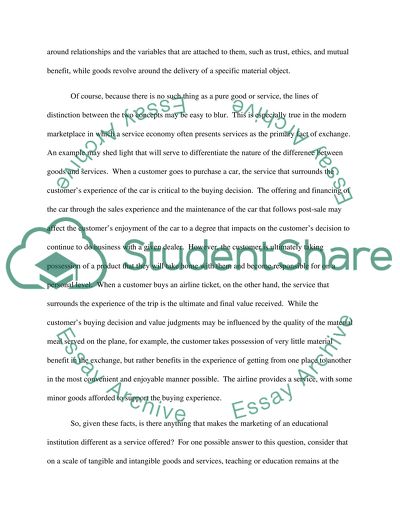Cite this document
(“Product-Service Marketing and the Differentiation of Goals Essay”, n.d.)
Retrieved de https://studentshare.org/marketing/1390933-product-service-marketing-and-the-differentiation-of-goals
Retrieved de https://studentshare.org/marketing/1390933-product-service-marketing-and-the-differentiation-of-goals
(Product-Service Marketing and the Differentiation of Goals Essay)
https://studentshare.org/marketing/1390933-product-service-marketing-and-the-differentiation-of-goals.
https://studentshare.org/marketing/1390933-product-service-marketing-and-the-differentiation-of-goals.
“Product-Service Marketing and the Differentiation of Goals Essay”, n.d. https://studentshare.org/marketing/1390933-product-service-marketing-and-the-differentiation-of-goals.


